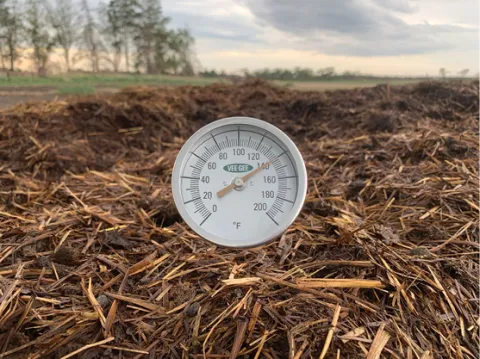Common Manure Composting Problems and Their Solutions
(NM2046, February 2022)Take this quick guide to the compost piles and use it as a reference when you have questions about smell, temperature, moisture level and insects. This publication will help you determine common causes and solutions to compost pile issues.
Contact your county NDSU Extension office to request a printed copy.
NDSU staff can order copies online (login required).
